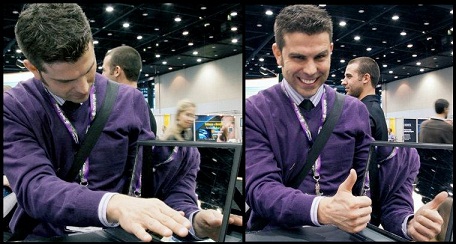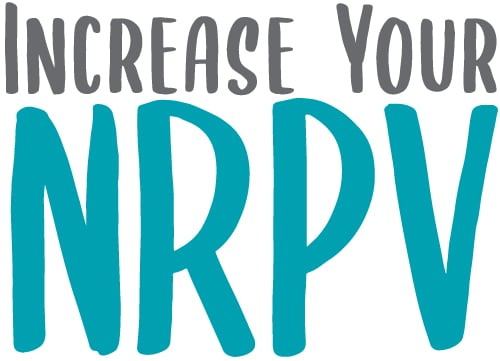We want to thank everyone who was able to make it out to visit us at APTA CSM 2012. For those of you who were not able to attend, we will be posting a virtual tour within the next few days for you to catch up on what you missed. You will also have the opportunity to see us again at the Philadelphia Hand Symposium on March 3-6, 2012.
One of our more popular booths was for a product in the final development stages, the SMART-Mirror™. The SMART-Mirror™ is a mirror therapy device, which can be used as part of graded motor imagery therapy. For those of you who are unfamiliar, we want to help break down the concept to give you a better understanding of how the SMART-Mirror™ should be used.
Graded motor imagery is composed of three steps: laterality training, imagined hand movements, and mirror visual feedback (MVF) therapy.2
Laterality training is important because people with painful limbs often lose the ability to distinguish between left or right images of limbs, which can hinder a successful recovery. Laterality training is a process to restore the ability of the patient to identify images of the left and right sides of the body. Laterality training involves having the patient correctly identify pictures of right and left hands in various positions, while both time and accuracy are recorded.3 The average person can do so in 2.4 seconds, but a patient with persistent pain will take twice as long to correctly distinguish between the two.4
The ability to differentiate between right and left depends on an intact body schema, or how the brain interprets the body’s shape. When the body schema is believed to be accurate, patients are asked to imagine pain-free movement.3 Around 25 percent of the neurons in your brain are called mirror neurons, and are activated when you watch someone else move or think of performing an action. The theory is that there is such a high degree of overlap in the brain regions involved in imagined movement and actual movement, that imagined movement can lead to pain-free actual movement.2
The final step is called mirror visual feedback therapy. MVF requires a mirror therapy device, like the SMART-Mirror™. A mirror therapy device allows the patient to place their injured hand inside the device and out of view, while the unaffected hand is placed outside the device, in front of the mirror. The patient is then instructed to look in the mirror at the mirrored, unaffected hand and watch the “mirrored” hand move. This creates the illusion that the injured hand is moving without any pain.
When done properly, graded motor imagery and MVF are thought to provide such strong positive sensory feedback, that the brain is convinced that not all movement needs to be painful, and is proven to decrease pain and disability.1
If you did not get the opportunity to see the SMART-Mirror™ at APTA CSM, meet us in Philadelphia, PA. for the Philly Hand Show.
References:
- McCabe, C. (2011). Mirror Visual Feedback Therapy. A Practical Approach. Journal of Hand Therapy, 24(2), 170-179.
- Moseley, L. GMI – Graded motor imagery. NOI Graded Motor Imagery.
- Priganc, V., & Stralka, S. (2011). Graded Motor Imagery. Journal of Hand Therapy, 24(2), 164-168.
- Wood, D. (2011, November 14). See Where it Hurts. TodayinPT.com










